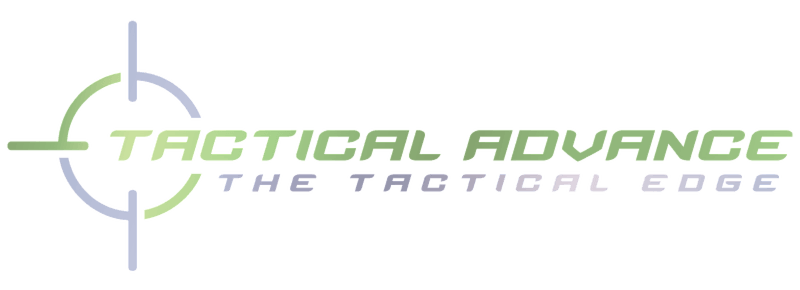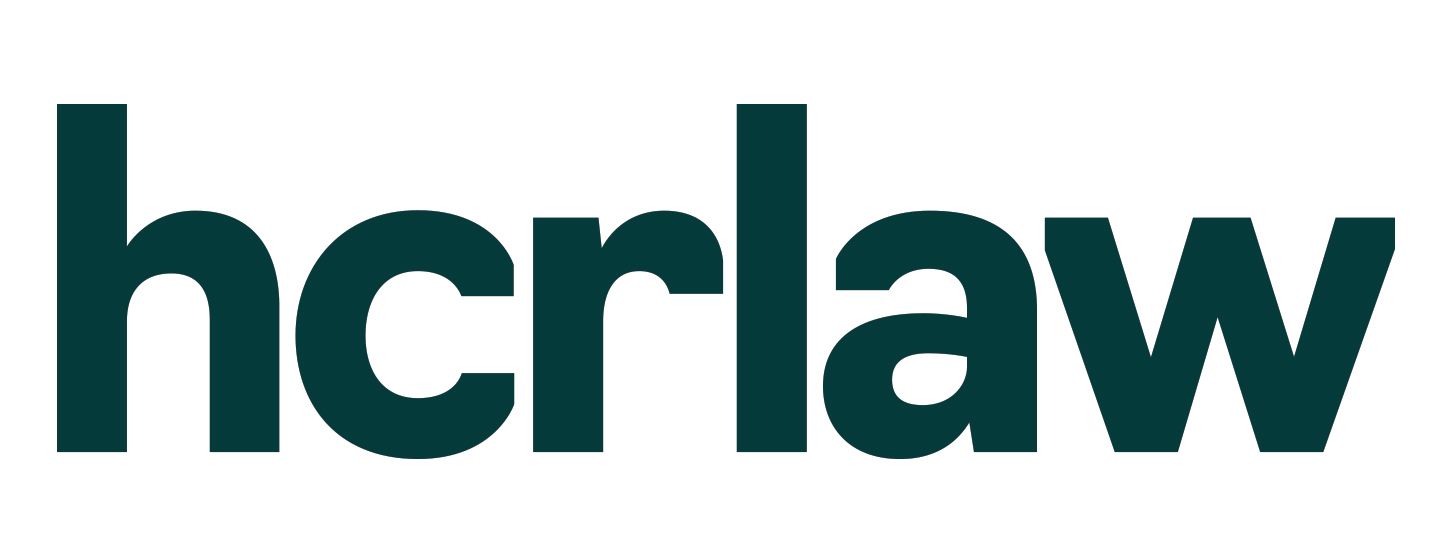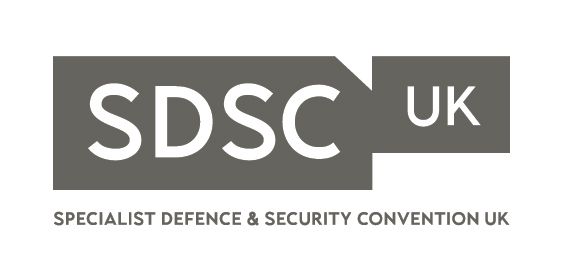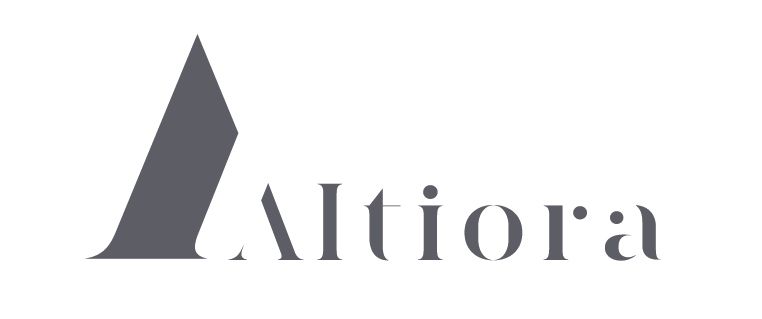NATO'S ROLE AND INFLUENCE IN A KALEIDOSCOPIC WORLD
)
In this new uncertain environment, Prof Adrian Kendry argues that NATO’s adaptation in 2020 and beyond must combine military strength with new technologies and cyber security/cyber defence with strengthening national security capabilities to meet chemical, biological, radiological and nuclear threats.
Imagining the Unimaginable
In January 2020, the World Economic Forum annual meeting in Davos, Switzerland identified climate change catastrophe as the greatest global risk in the coming 10 years. Echoing the iceberg-oblivious sinking of the Titanic in 1912, the World Economic Forum ranked pandemics and infectious diseases as merely moderate risks.
Since March, NATO has revitalised its planning for ongoing security commitments to incorporate urgent assessments, preparation and funding for the global Covid-19 pandemic.
In this new uncertain environment, NATO’s adaptation in 2020 and beyond must combine military strength with new technologies and cyber security/cyber defence with strengthening national security capabilities to meet chemical, biological, radiological and nuclear threats. Greater investment in science, public health and Innovation are pivotal to the modernisation of NATO member states and the Alliance.
The Birth of NATO
On April 4th 1949 the North Atlantic Treaty was signed, and NATO’s birth completed the first phase of the post-war international economic and security architecture[1]. From the original 12, NATO membership grew to 30 by December 2019.
The first NATO Secretary General, Lord Ismay, (1952-1957) stated that the purpose of NATO was “to keep the Russians out, the Americans in and the Germans down”. Since 2014 and 2016, this aphorism has resonated with Russia’s aggressive incursions into Crimea and Eastern Ukraine, coupled with President Trump’s frequently critical stance toward NATO since 2016. Tensions between Russia and NATO’s allies in Eastern Europe and the Baltic States have escalated while disagreements among NATO members over the Middle East, the migration crisis and the transatlantic partnership itself have multiplied.
Navigating the Pandemic and Beyond
The 70th Anniversary Summit in London, December 2019, exemplified the current fragile stability of the transatlantic relationship, with visible differences in perceptions, policy and engagement toward Iran, Russia and increasingly China.
With the uncertainties over the Covid-19 pandemic, NATO allies have agreed that the next Summit should be postponed to late 2021. NATO’s members include 21 European Union states (as well as 4 EU accession applicants, Albania, Montenegro, North Macedonia and Turkey) broadly supporting the strengthening of economic, trade and diplomatic links with the EU and China, acknowledging the dynamic and perceived mutual benefits of China’s Belt and Road Initiative.
NATO and Defence Spending: Calculating the impact of the Covid-19 Economic Recession
During the 3rd week of October 2020, the online meetings of the International Monetary Fund demonstrated the unprecedented economic and debt consequences of the pandemic. The statistics make grim reading with a few bright exceptions highlighted conspicuously by China.
The IMF projects the global economy to contract by 4.4% in 2020 (compared to its 5.2% forecast in June). China however is expected to grow 1.9%, buoyed by recovery in exports and domestic consumption, underpinned by significant reduction in Covid-19 infections. By contrast, the USA is projected to decline by 4.3% and the Eurozone by 8.3%.
The IMF and others strongly stress the urgent need for national and international coordination to ameliorate the gathering economic gloom and rising unemployment.
In 2019, NATO Europe reported $289 billion defence expenditure, but the pandemic could significantly change the public sector spending priorities of NATO member states. It is possible that during 2020-2021, NATO European defence budgets could decline by at least $50 billion. Ironically, such a defence contraction accompanied by an even greater decline in GDP could lift additional NATO members above the talismanic 2% defence spending/GDP ratio[2]
Will the role of European militaries increasingly be viewed primarily as critical responders to the Covid 19 pandemic, coordinating disaster emergency responses and utilising NATO’s procurement agencies in producing public health equipment and hospital transport?
Achieving NATO’s 3 Cs
Collective Defence and the Calculus of Consent
Article 5 of the 1949 Washington Treaty famously commits all NATO members to support collective defence decisions that are unanimously agreed by the supreme decision-making body, the North Atlantic Council. Alliance solidarity has become synonymous with defence spending commitments and contribution to missions.
Crisis Response and Management
NATO maintains five distinctive missions in support of Afghanistan (Operation Resolute Support), Iraq, South Eastern Europe, anti-piracy and the African Union. Additionally, NATO deploys in an Enhanced Forward Presence role in the Baltic States and Poland as a deterrent and maintains standing maritime forces and an integrated air defence system.
Cooperative Security and Partnerships
NATO holds multilateral and bilateral meetings with partners at its Brussels Headquarters, partner capitals and other international venues. The 50 members of the Euro-Atlantic Partnership Council (NATO members plus 20 partners including Russia) meet regularly to discuss Euro-Atlantic stability and security. Subsumed within the EAPC is the Partnership for Peace programme that consists of former Warsaw Pact members whose participation have accompanied economic and political reforms underpinning post-Warsaw Pact transition.
A special partnership with Russia began in 2002 following the 9/11 terrorist attacks on the USA. The NATO Russia Council enjoyed constructive and productive dialogue and activities until 2008 when Russian incursions into Georgia brought a deterioration, exacerbated in 2013-2014 by military action in Crimea and Eastern Ukraine.
NATO’s other consultative partnerships comprise the Mediterranean Dialogue (7 Middle East countries including Israel)), the Istanbul Cooperation Initiative (4 Gulf State members and 9 other Partners Across the Globe.
Present and Future Partnerships with the European Union and China
Deeper cooperation between NATO and the EU is critical to the development of an international "comprehensive approach" to crisis management and operations.
This approach implies a combination of military and civilian capabilities to meet the challenges of instability in Eastern Europe, the Asia Pacific, the Middle East and Gulf (exemplified by tensions between Sunni Saudi Arabia and Shia Iran) and the migrant crisis emanating from Syria, Afghanistan, Libya, Eritrea and other parts of sub-Sahara Africa. Turkey, a NATO member, plays an increasingly pivotal and sometimes controversial role in such crises.
A coherent, structured and mutually beneficial relationship between China and NATO is of paramount importance. A NATO-China Forum, addressing vital areas of mutual security and economic interest in the Asia-Pacific and Transatlantic regions (including energy flows, strategic resources and artificial intelligence), is imperative for enhancing strategic cooperation and understanding in the coming decades. Maritime security and the safeguarding of global strategic choke points are crucial for both China and NATO.
China’s GDP will in the coming years exceed the United States, but NATO countries combine nearly a billion people with 50% of world military and economic strength. The future course of global economic and political stability and security will be shaped by the balance of competition, cooperation and trust that can be forged between China and NATO states.
[1] Principally comprising the International Monetary Fund and International Bank for Reconstruction and Development (later named the World Bank) (1944), the United Nations (1945), the General Agreement on Tariffs and Trade (1947) (the forerunner of the World Trade Organisation) and the European Union (1993). The Warsaw Treaty Organisation (1955-1991) was set up by the Soviet Union and 7 Central and Eastern European Socialist bloc countries to counter the influence of NATO
[2] In 2019, 9 of the 30 members met this target with criticism from President Trump directed at countries below the magic figure, notably Germany
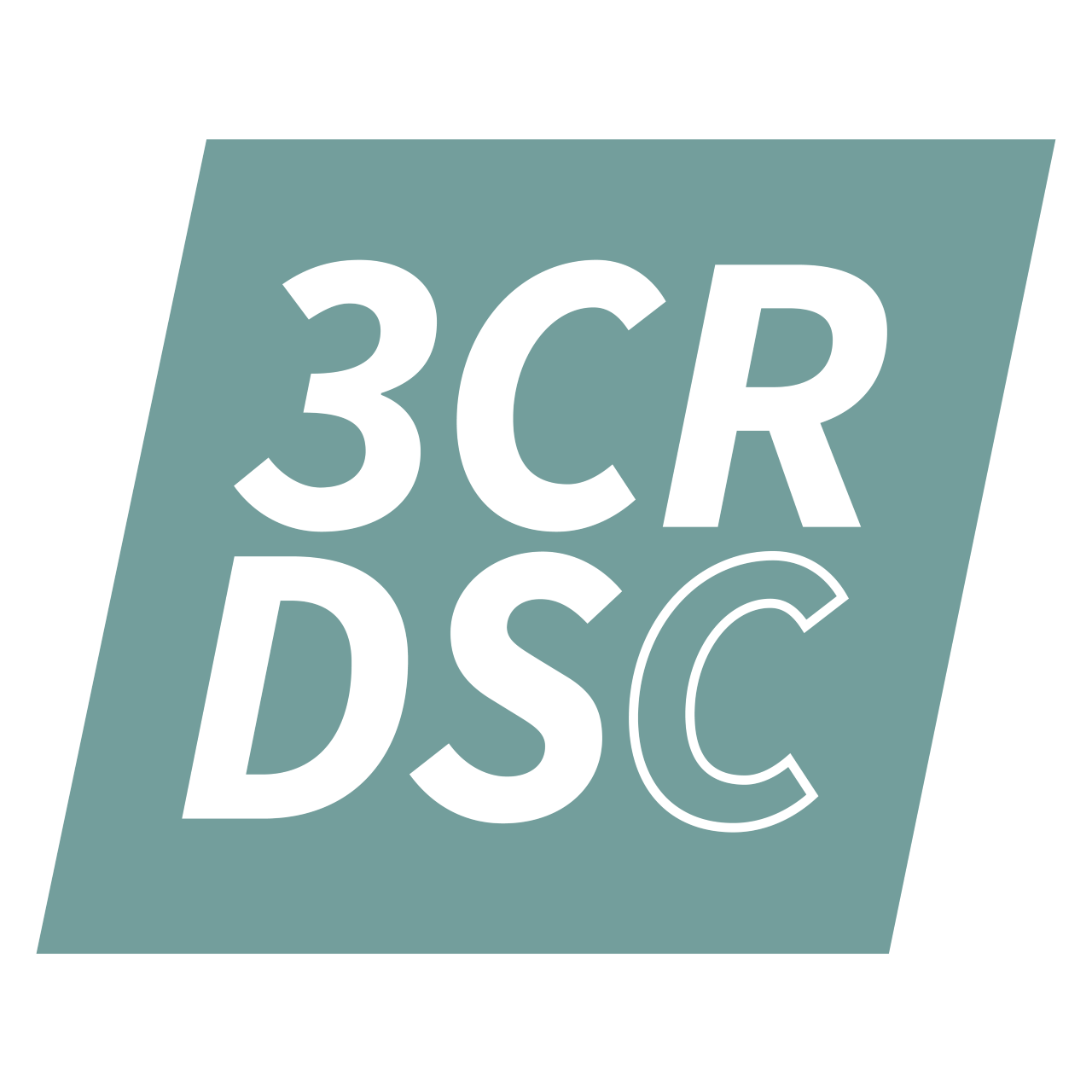

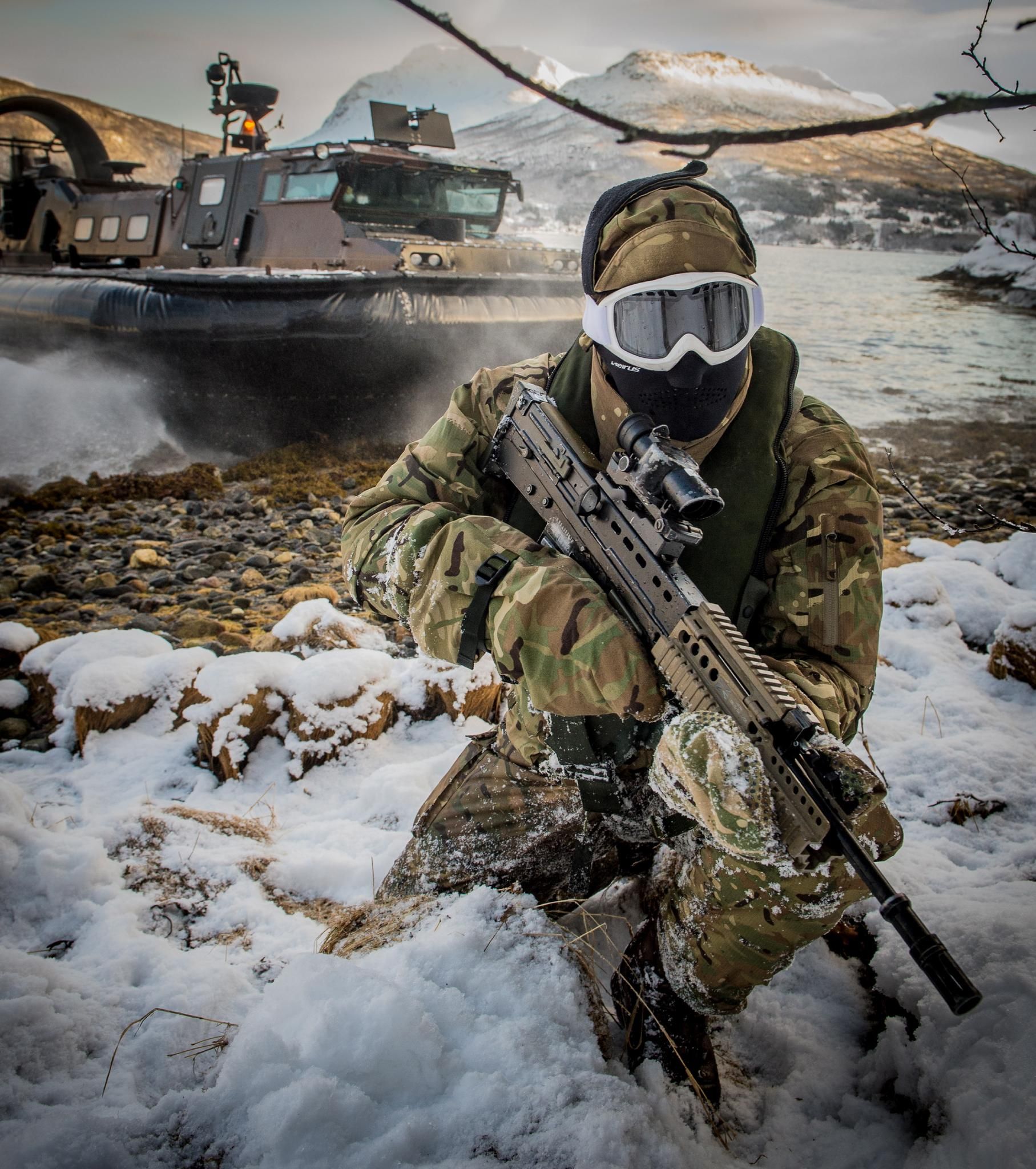
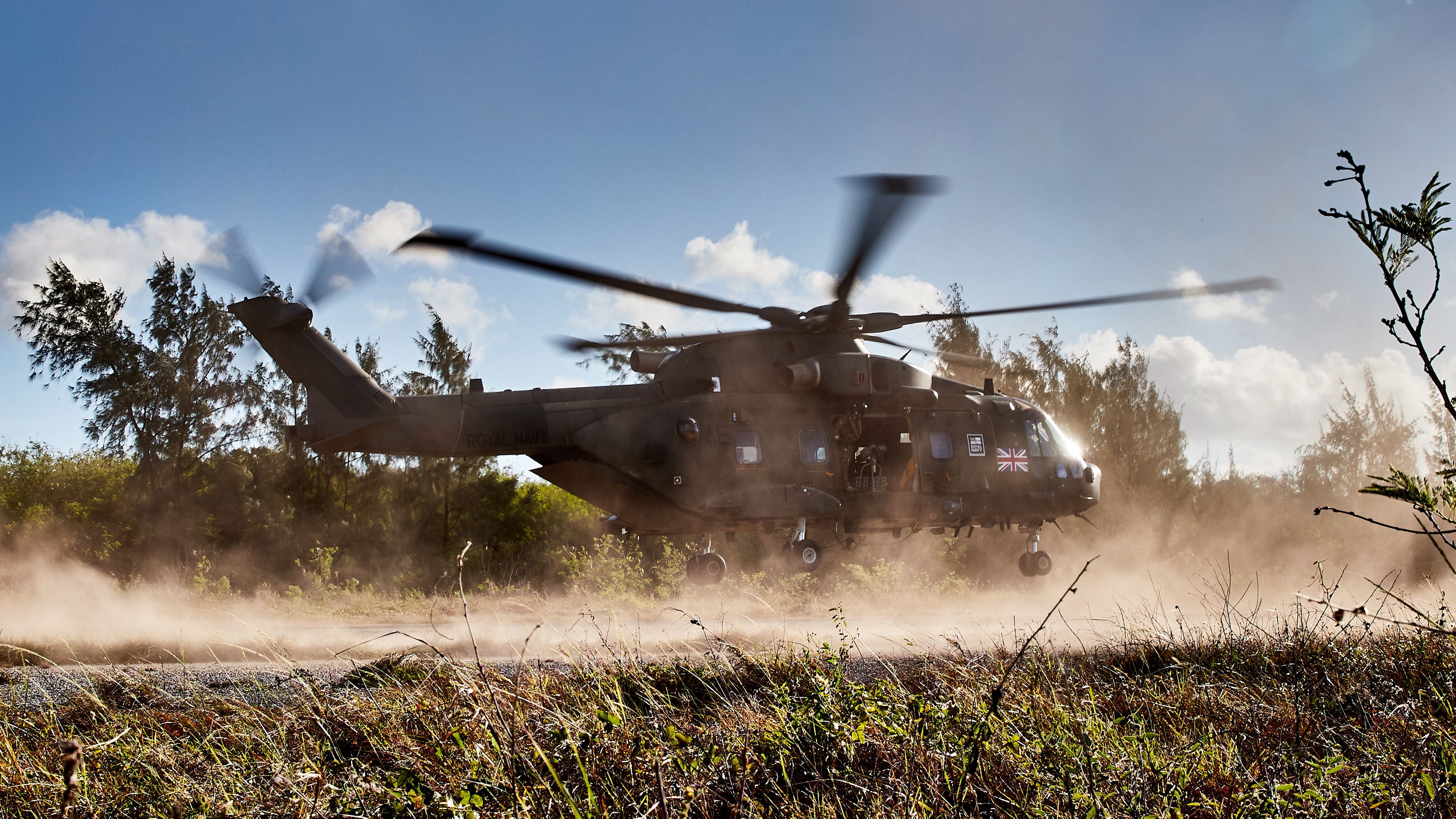

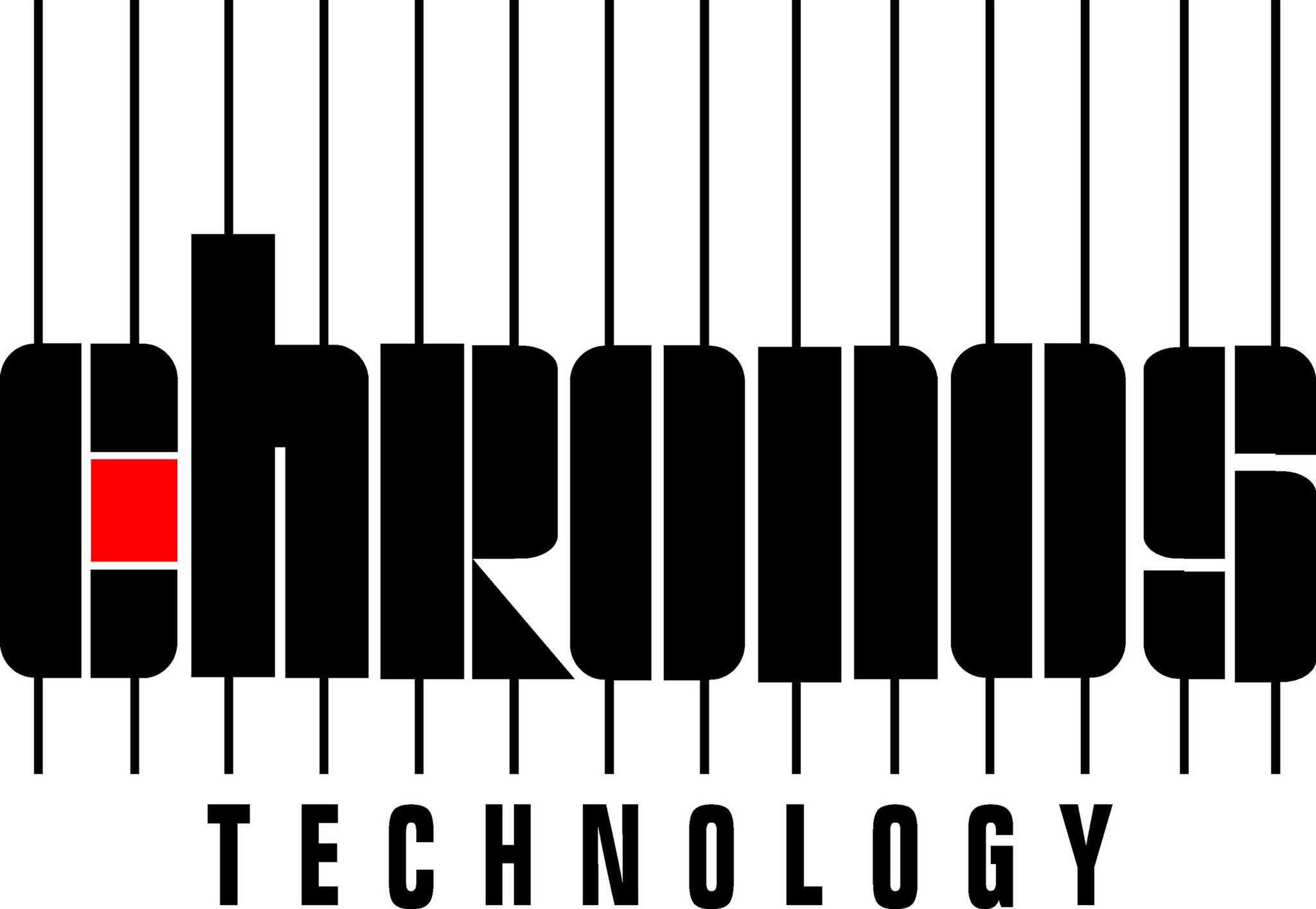



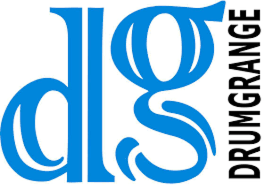
.jpg)
